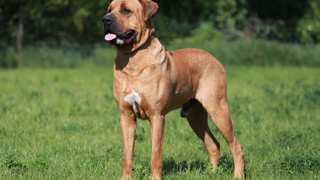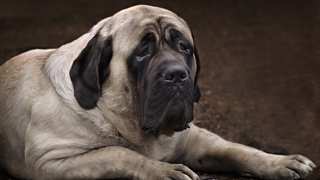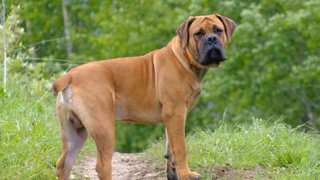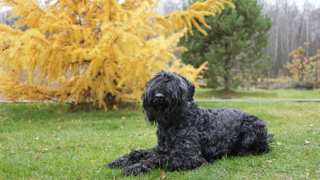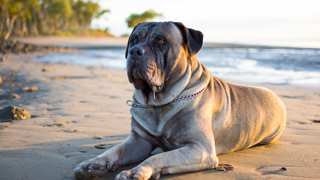Do Great Danes smell? While not especially known for their "doggy odor," these dogs can get smelly if not bathed periodically--especially if your GD spends a lot of time outdoors, where it's more likely to roll in dirty or stinky things! That said, bathing a Great Dane will generally only need to happen every 2-3 months.
It's also important to use canine shampoo, as the kind made for humans can irritate a dog's skin. Great Danes are known for having sensitive skin, so using a hypoallergenic shampoo, one that's free of artificial scents or dyes, is recommended. The best shampoo for a Great Dane includes hypoallergenic offerings from brands like Earthbath, Rocco & Roxie, and Pro Pet Works. All these will make your Great Dane smell clean and fresh.
And as you can imagine, due to these dogs' size, it'll be good to set set aside an hour or more for Great Dane bath time!
How to bathe a Great Dane: first give the dog a good brushing. You can bathe your GD in the bathtub--but if the tub is not spacious enough, an outdoor plastic pool using a garden hose will work. Wet the coat thoroughly, then apply a generous portion of Great Dane shampoo to the dog's back. Lather well, working downward and outward as you go. (And don't forget the legs, underbelly, and tail!) Clean the dog's face, head and ears with a washcloth, then rinse the coat until the water runs clear.
Towel-dry the coat, and finish with another quick brush-through to make the coat look clean and neat.


